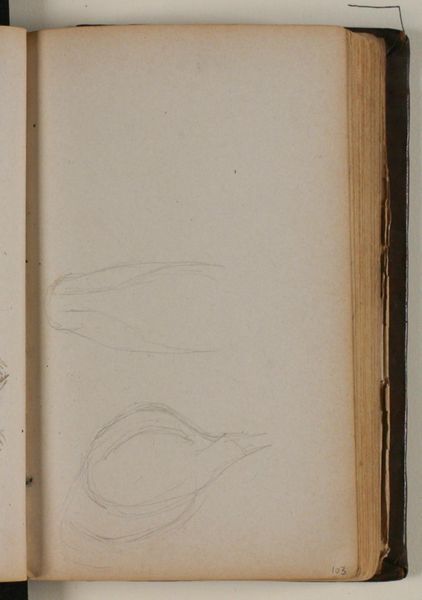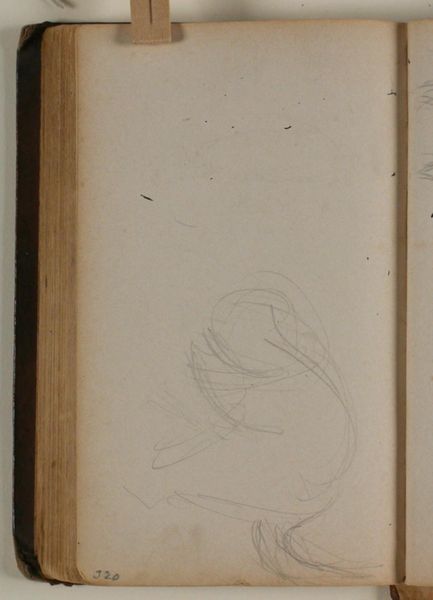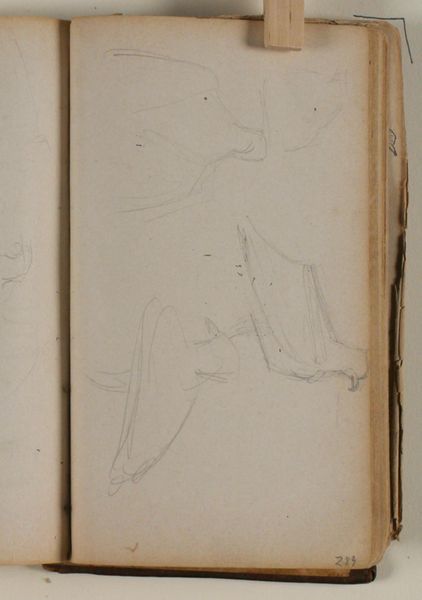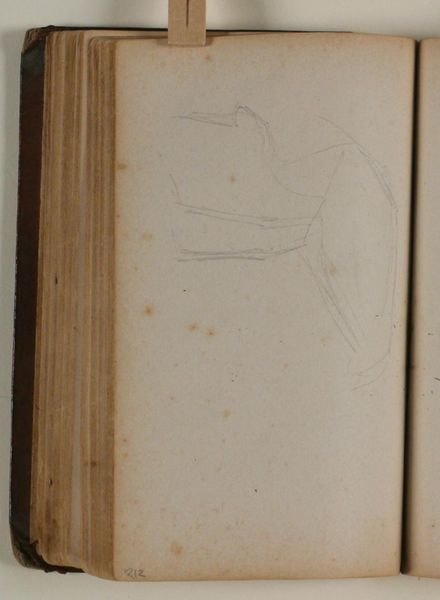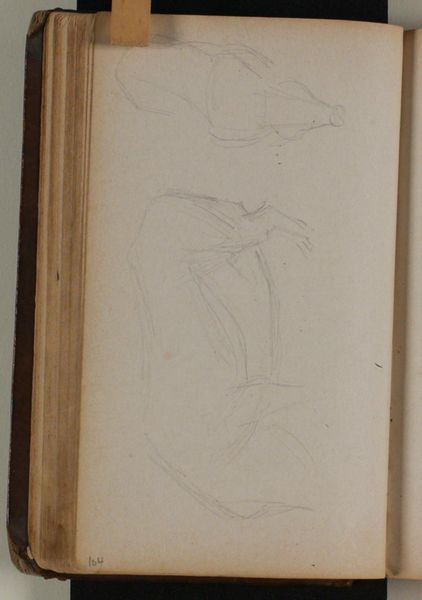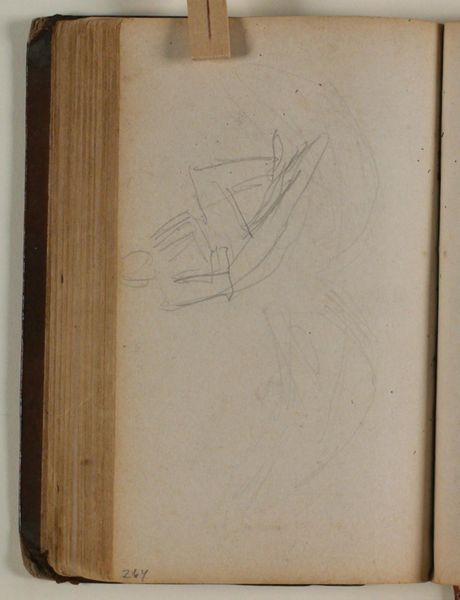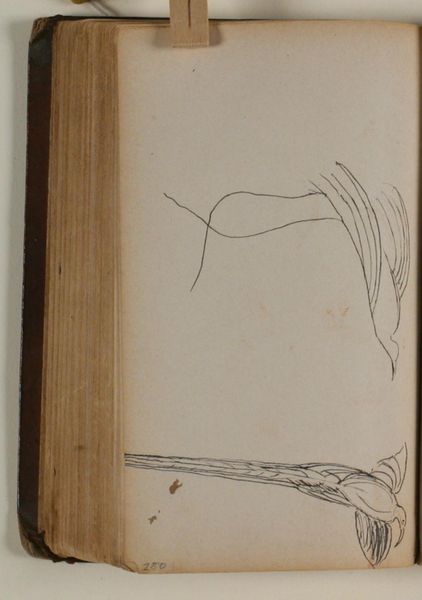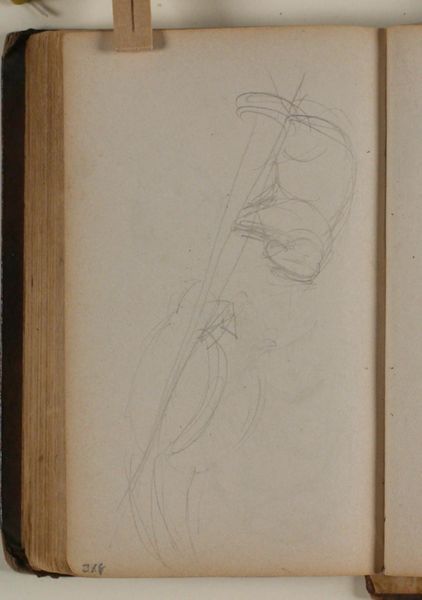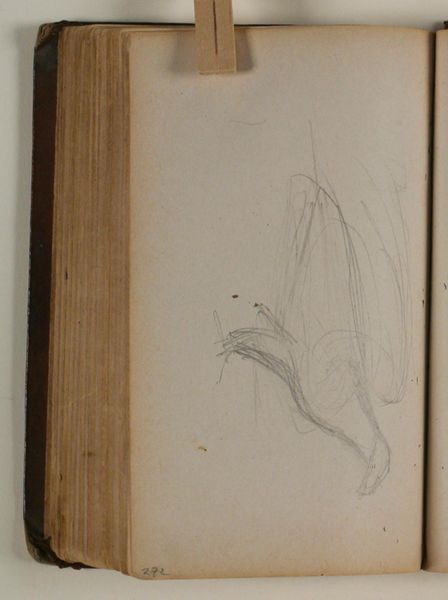
drawing, paper, pencil
#
drawing
#
paper
#
pencil
Editor: This is *Studies of Swans* by Niels Larsen Stevns, created sometime between 1864 and 1941, using pencil on paper. They’re quick sketches, really, and I’m struck by how the artist captures the essence of the swan's form with so few lines. What's your interpretation? Curator: I see these sketches as powerful, if subtle, assertions of agency. The swan, often depicted as graceful and elegant, is here presented in raw, unidealized forms. How might we interpret this as a commentary on the societal pressures placed on women of the time? Consider how Stevns, working in a period grappling with evolving notions of femininity, may have been subverting traditional portrayals of beauty and grace. Editor: That’s a fascinating angle. I hadn’t considered the swan beyond its typical symbolism. Do you think the medium itself—pencil on paper—contributes to that sense of rawness you mentioned? Curator: Absolutely. The immediacy of pencil allows for a directness that challenges formal, academic styles, creating an informal immediacy. Perhaps these studies weren't meant for public consumption. What does that tell us about the artist’s process? It opens up a space for exploring marginalized narratives, and maybe the swan isn't necessarily feminine here; perhaps it’s an every-being struggling for autonomy. Editor: I hadn't thought about it that way, but it does change the reading. I’m now seeing it as a statement about the universal desire for self-determination rather than beauty. Curator: Exactly. By deconstructing conventional imagery, the artist invites us to question not only artistic conventions but also societal expectations. The "unfinished" quality becomes a powerful act of resistance, almost. Editor: I like that thought so much. Thanks, I’ll carry this in mind for future viewings.
Comments
No comments
Be the first to comment and join the conversation on the ultimate creative platform.
